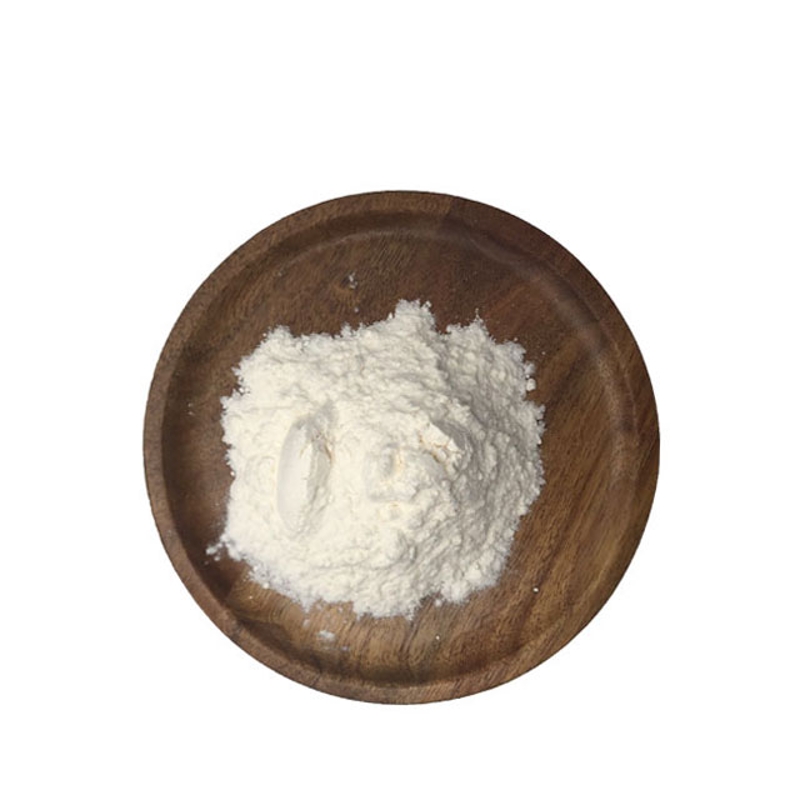-
Categories
-
Pharmaceutical Intermediates
-
Active Pharmaceutical Ingredients
-
Food Additives
- Industrial Coatings
- Agrochemicals
- Dyes and Pigments
- Surfactant
- Flavors and Fragrances
- Chemical Reagents
- Catalyst and Auxiliary
- Natural Products
- Inorganic Chemistry
-
Organic Chemistry
-
Biochemical Engineering
- Analytical Chemistry
- Cosmetic Ingredient
-
Pharmaceutical Intermediates
Promotion
ECHEMI Mall
Wholesale
Weekly Price
Exhibition
News
-
Trade Service
Recently, Genome Biology published online the collaborative research results of Sun Yihua, director of Fudan University Affiliated Cancer Hospital, Shao Zhen, researcher of Shanghai Institute of Nutrition and Health, Chinese Academy of Sciences, and Ji Hongbin, Meng Feilong, researcher of Center for Excellence in Molecular Cell Science, Chinese Academy of Sciences, etc.
-A systematic dissection of the epigenomic heterogeneity of lung adenocarcinoma reveals two different subclasses with distinct prognosis and core regulatory networks.
Lung adenocarcinoma is the most common pathological type of lung cancer.
Its overall prognosis is still poor, and it shows a high degree of heterogeneity in pathological morphology and gene mutations.
Even patients with the same disease stage often have large prognostic differences.
Existing research systems have analyzed these differences and established a variety of classification models.
Among them, pathological subtype classification has been widely used in clinical practice.
Epigenetic changes are also an important link in the occurrence and development of cancer, but the academic community still knows little about its role in lung adenocarcinoma.
In this study, the researchers collected RNA-seq and H3K27ac histone modified ChIP-seq data of 42 cases of lung adenocarcinoma patients' tumors and normal lung tissues adjacent to the tumor.
Through the application of the MAnorm2 model developed by Shao Zhen's group, thousands of different H3K27ac modification sites between tumors and normal tissues were obtained, and their respective specific enhancers and super enhancers were identified.
However, these differential regulation sites are difficult to explain the high apparent heterogeneity between patient tumors.
Therefore, the researchers designed a new computational model based on MAnorm2 to quantitatively model the apparent heterogeneity of patient tumors, identified 4615 H3K27ac modification sites with significant high differences among patients, and performed the patient based on them.
The classification defines the subgroups Group I (GI, good prognosis) and Group II (G II, poor prognosis) with significant differences in overall and recurrence-free survival time between the two groups.
Further calculation and experimental analysis of super-enhancers and differential expression showed that the downstream of GI-specific super-enhancers enriched more transcription factors related to cell lineage differentiation, while G II tended to be at higher cell proliferation and de-differentiation.
status.
In order to explore whether this apparent group-based lung adenocarcinoma typing model can be applied to other patients, the researchers used the respective feature gene sets of the two subgroups to divide the lung adenocarcinoma patients in the TCGA database into G I-like and G II-like two groups, and found that they have significantly different survival times, and G II-like patients generally have a higher tumor mutation burden and more tumor suppressor gene mutations.
Among them, even for TCGA patients who are clinically diagnosed as TNM stage I, patients who are judged to be GII-like also show a significantly worse prognosis, indicating that this typing model can be used as a useful supplement to TNM stage.
In order to further explore the regulatory mechanisms that lead to different clinical phenotypes in the two subgroups, the researchers constructed a gene co-expression network around the differential expression regulatory factor system between the subgroups, defined the core regulatory factors of the two subgroups, and discovered GI The core regulatory factors regulate many classic tumor suppressor genes.
Based on this model, the researchers identified a new lung adenocarcinoma tumor suppressor gene CLU, and through gene overexpression experiments, confirmed that it can inhibit the proliferation of lung adenocarcinoma cells, and the knockdown of this gene and its upstream GI-specific enhancer Knockout of all results in accelerated lung adenocarcinoma proliferation.
Therefore, the further disability of tumor suppressor genes may be one of the important reasons for the worse prognosis of G II.
The research work is supported by the National Key Research and Development Program of the Ministry of Science and Technology, the National Natural Science Foundation of China, and the Chinese Academy of Sciences' Strategic Leading Science and Technology Project.
Yuan Chongze, a doctor from the Cancer Hospital of Fudan University, Chen Haojie, a doctoral student at Shanghai Institute of Nutrition and Health, Tu Shiqi, a postdoctoral fellow, and Huang Xinyi from the Center of Molecular Cell Excellence are the co-first authors of the paper.
(A) The tumor tissues of patients with lung adenocarcinoma show higher apparent heterogeneity.
(B) Different H3K27ac modification sites between tumors and normal tissues adjacent to tumors identified by MAnorm2.
(C) Identify H3K27ac sites with significant high differences between patient tumor tissues.
(D) Based on the apparent heterogeneity of the tumor, 42 patients with lung adenocarcinoma were divided into two subgroups with significantly different pathology.
(E) Differential regulation of tumor suppressor genes by the respective specific core regulatory factors and epiregulatory elements of the two subgroups.
Source: Shanghai Institute of Nutrition and Health, Chinese Academy of Sciences







